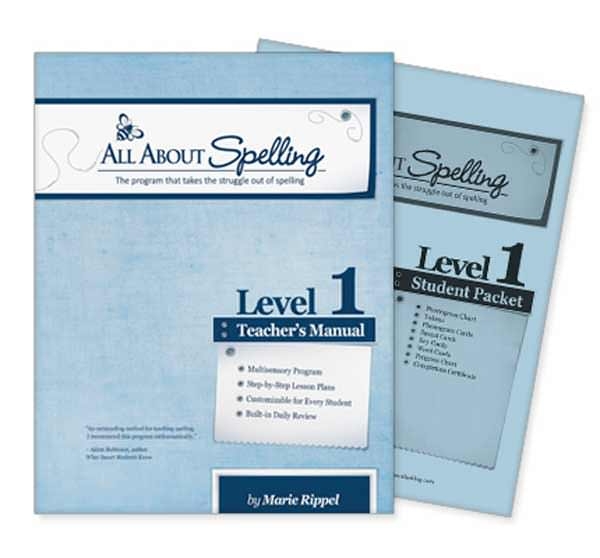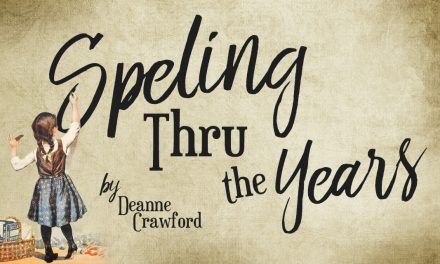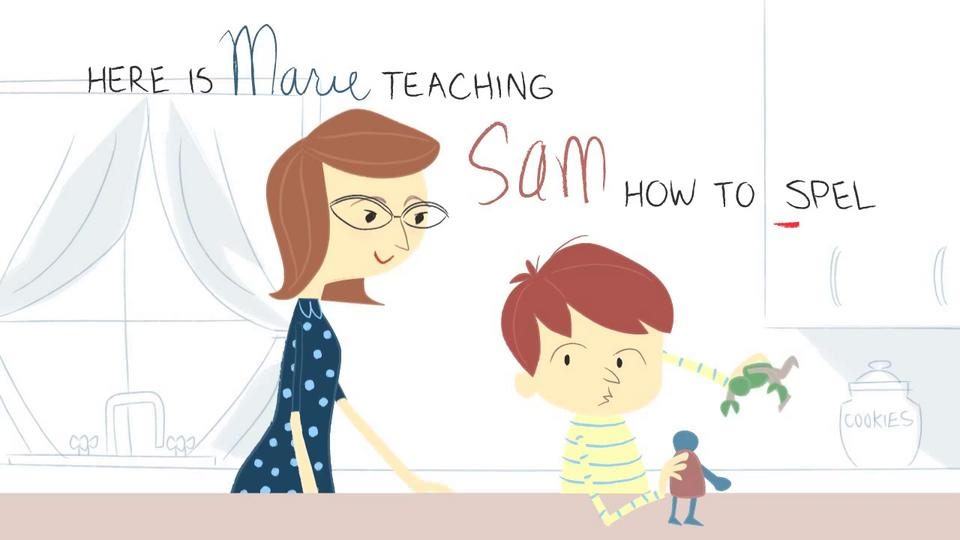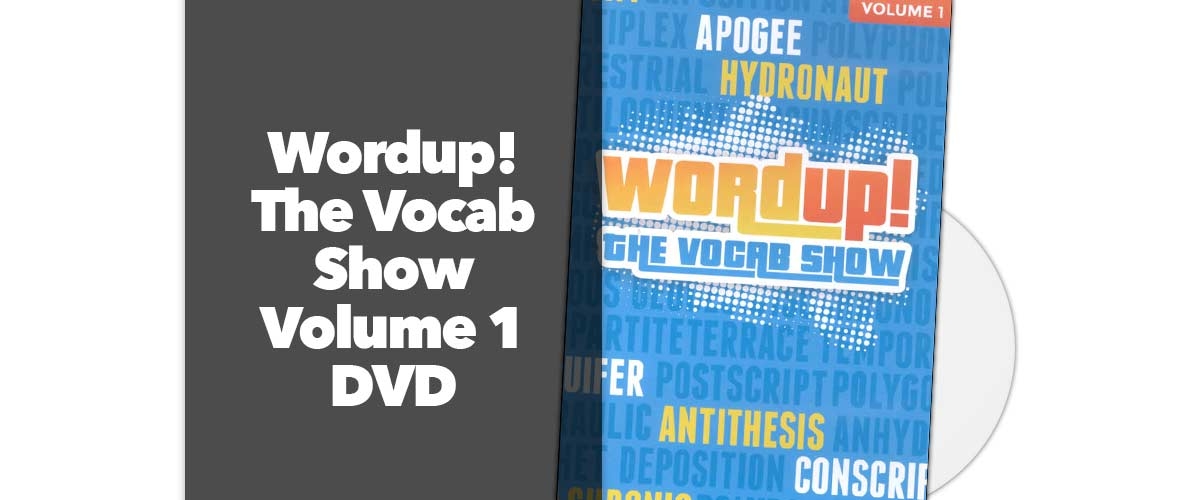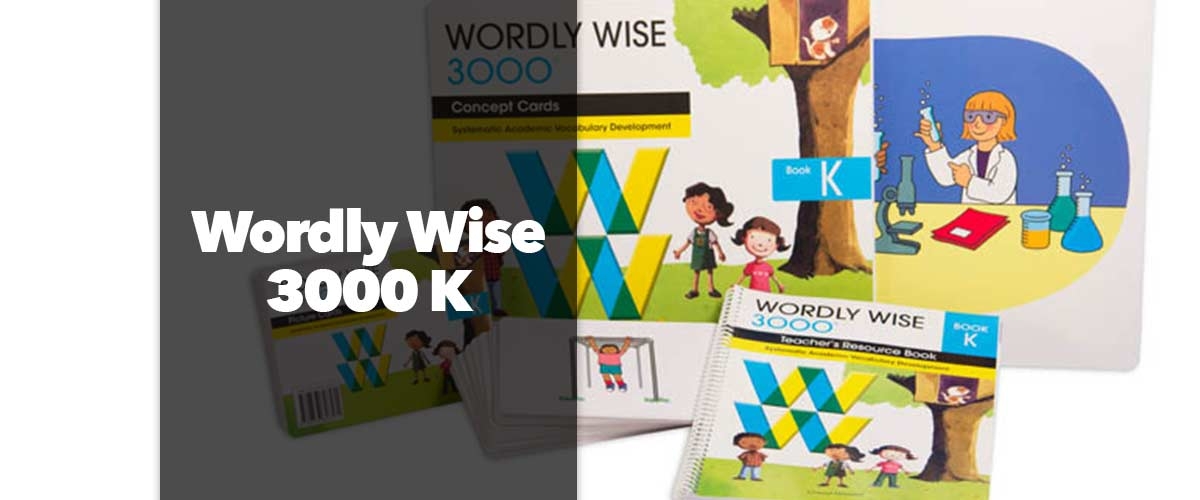Was this spelling program designed with homeschooling in mind? Maybe not, but it has a bunch of helpful features great for one-on-one instruction. All About Spelling takes a multisensory approach so that the student can be successful in spelling regardless of his particular learning style.
Was this spelling program designed with homeschooling in mind? Maybe not, but it has a bunch of helpful features great for one-on-one instruction. All About Spelling takes a multisensory approach so that the student can be successful in spelling regardless of his particular learning style. The program can be customized for each student, with daily review of concepts the individual needs to cover. All materials needed are included in the program and the Interactive Kits. The Interactive Kit materials are used throughout the program but not included in the levels of the program so you will need to purchase one of them along with the level you are beginning with. For the teacher, the lessons are scripted for pick-up-and-go daily usage, with plenty of teaching tips built into the lesson right where you need them. Take a little time to read about 10 pages to familiarize yourself with the program’s approach, cut or punch out and sort the materials provided, and you’re ready to roll!
The key to this program is learning phonograms, which are the sounds that a letter or letter combination make. Using this approach, after learning his phonograms, a student knows what his choices are for spelling that particular sound. Different researchers have come up with different numbers of phonograms that exist in the English language. The phonograms used here are based on the work of neurologist Dr. Samuel Orton and psychologist Anna Gillingham and includes 71 phonograms that the student learns and uses over the 7 levels. Each level includes a teacher book and a student materials packet. The Interactive Kits contain items used with all 7 levels, including a CD-ROM, divider cards, durable color-coded phonogram tiles, and optional peel-and-stick magnets used with the phonogram tiles so that they can be used on a magnetic board as well as a level surface. The only other items you’ll need are an index card box (if you choose the Basic Interactive Kit) and lined notebook paper. Levels are not related to grade levels, but rather skill levels. Each book contains around 25 steps, or lessons. Some of the major concepts covered in each level are mentioned below. 400-450 words are specifically covered in each level, but remember that these are really example words; the program is giving the student the tools to spell any word using the phonogram approach.
In Level 1, students first learn the 26 most basic phonograms corresponding to the letters of the alphabet. Unlike phonics programs, which tend to teach short vowel sounds and hard consonants sounds first, All About Spelling teaches all possible sounds for each phonogram. For instance, the letter (and phonogram) A can make a short A sound (apple), a long A sound (acorn), and the “ah” sound (water). Phonograms are shown on yellow Phonogram Cards in the student materials packet with the letter or letter combination on the front. On the back are the sounds made by that phonogram, and a key word with that sound. Student or teacher can also listen to the pronunciation on the CD-ROM (PC/Mac) by clicking on the color-coded phonogram; after the initial letters, phonograms are grouped here and elsewhere in the program according to vowel and consonant “teams”. After the phonograms are learned, oral exercises are included in the book to ensure that the student can discriminate the sounds in a word and identify the phonogram that he hears. Another exercise has the teacher dictate a sound from a Sound Card (red) to ensure that the student can write the phonogram that is spoken. Key Cards (blue) are used to highlight definitions or spelling rules. Word Cards (green) contain words used to test the student’s understanding; the student either spells the words using the phonogram tiles or writes the words on paper.
While this may sound complicated, the teacher book couldn’t be easier to follow. Goals for each step are shown at the beginning of each step, as well as specific materials needed. Review begins every lesson, and the concepts and words being reviewed are based on areas that the student needs practice. Pictures of the particular cards or tiles used in the lesson are shown at the point of use in the book. Lessons have just the right amount of scripting so the teacher is never at a loss for what to say or do next. Additional words for practicing a just-learned concept are also given. Teaching tips and side notes are right where you would expect them. A cardstock Progress Chart shows the student’s advancement through the steps of each level; upon completion the student gets a suitable-for-framing Certificate of Achievement.
Although some spelling programs begin in 1st grade, I would hold off starting this one until the child has learned to read fairly well. Unless your phonics program takes the same approach, I think presenting all the phonograms for a vowel would be confusing to a student just learning to read. Also, keep in mind that this program focuses entirely on spelling and does not include vocabulary.
This spelling program is unique in its multisensory approach to teaching spelling, and may help students succeed who might otherwise struggle. Kudos to author Marie Rippel for putting together such a well-designed program for student and teacher alike.
— Bob Schneider
Take a look at All About Spelling
Download a Level 1 PDF Scope & Sequence
Download a Level 1PDF Teacher Manual Sample
Download a Level 2 PDF Scope & Sequence
Download a Level 2 PDF Teacher Manual Sample
Download a Level 3 PDF Scope & Sequence
Download a Level 3 PDF Teacher Manual Sample
Download a Level 4 PDF Scope & Sequence
Download a Level 4 PDF Teacher Manual Sample
Download a Level 5 PDF Scope & Sequence
Download a Level 5 PDF Teacher Manual Sample
Download a Level 6 PDF Scope & Sequence
Download a Level 6 PDF Teacher Manual Sample

